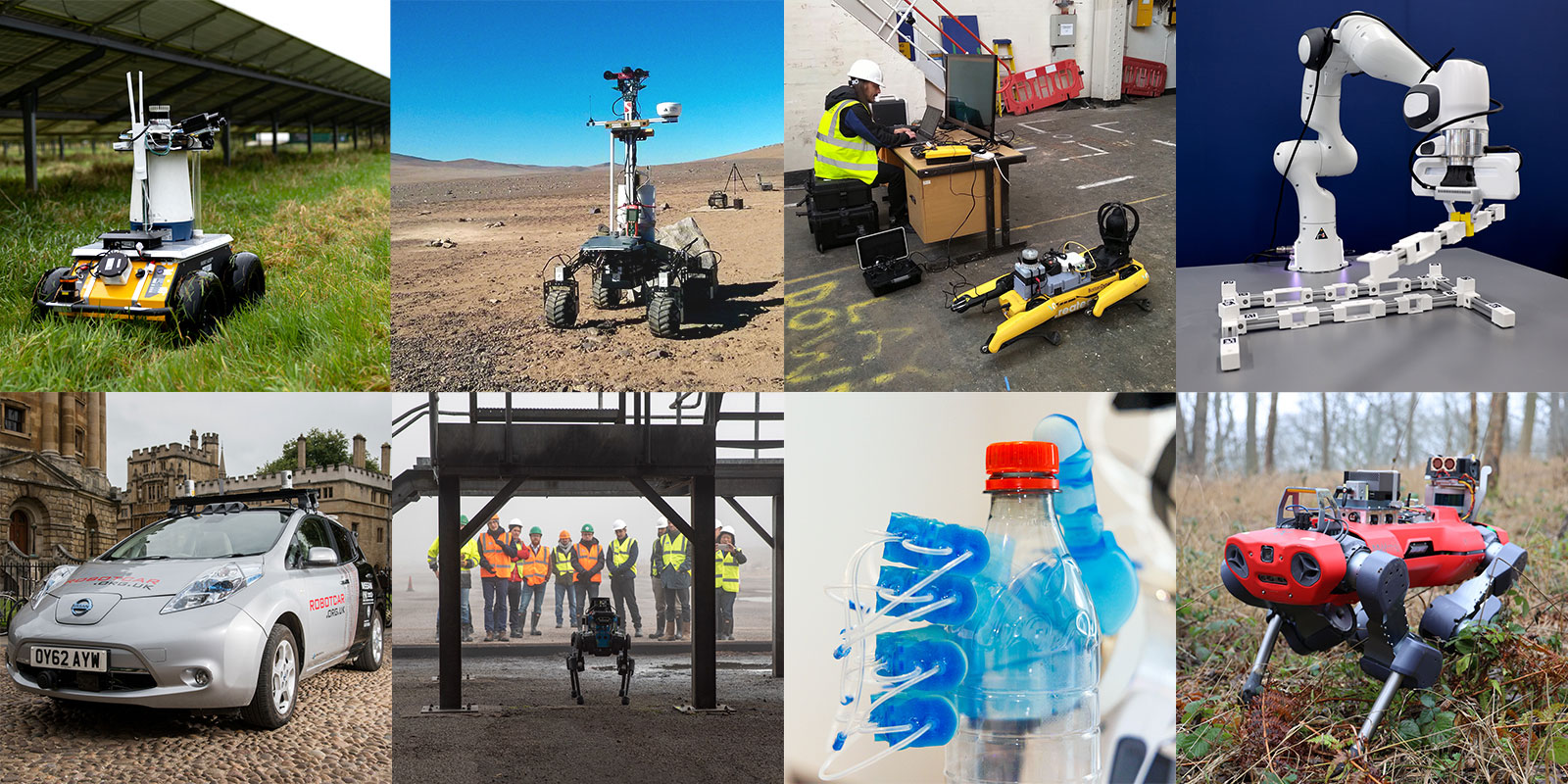
University of Oxford
Innovation in autonomous robotics
The Oxford Robotics Institute (ORI) has delivered fundamental advances in autonomous robotics technology, providing new capabilities to industry and society, and supporting future sustainability and growth in sectors such as transport, agriculture, and energy. This has been made possible by the co-location of academics with professional engineers, in a dedicated space with shared hardware and software. Innovation is delivered via a unique systems-focused industrially-engaged virtuous cycle of system creation and real-world field trials, leading to the identification of new challenges for future development.
Research from the ORI has: changed the policy, funding, and commercial landscape for autonomous vehicles; influenced Sellafield and UKAEA’s robotics strategies for safer, cleaner nuclear energy; and delivered technology that will fly on ESA’s Rosalind Franklin rover. Today ORI academics are working directly with partners in construction, agriculture, care, manufacturing, and energy to demonstrate how robotics can enable new ways of working which generate less impact on the planet, whilst providing safer and more stable industrial environments.
ORI grew from a nucleus of a single research group in 2003, to an independent research institute in 2016. Today it is home to 100 people across seven research groups. Since its founding, ORI researchers have published over 900 papers and raised over £40M of research funding. This work has been validated in over 380 field trials in locations from Icelandic volcanoes to Loch Ness. This in turn has led to at least 22 patents, 70 IP licences granted to the University, and four start-ups. ORI has significantly contributed to the UK’s people pipeline in AI and robotics, training over 120 PhDs, 40 postdoctoral researchers, and at least 60 masters students. Its work has also shaped the public’s perception of robots through public engagement including online videos (over half a million views) and in-person events (tens of thousands of participants).
